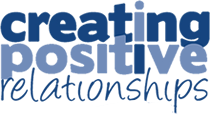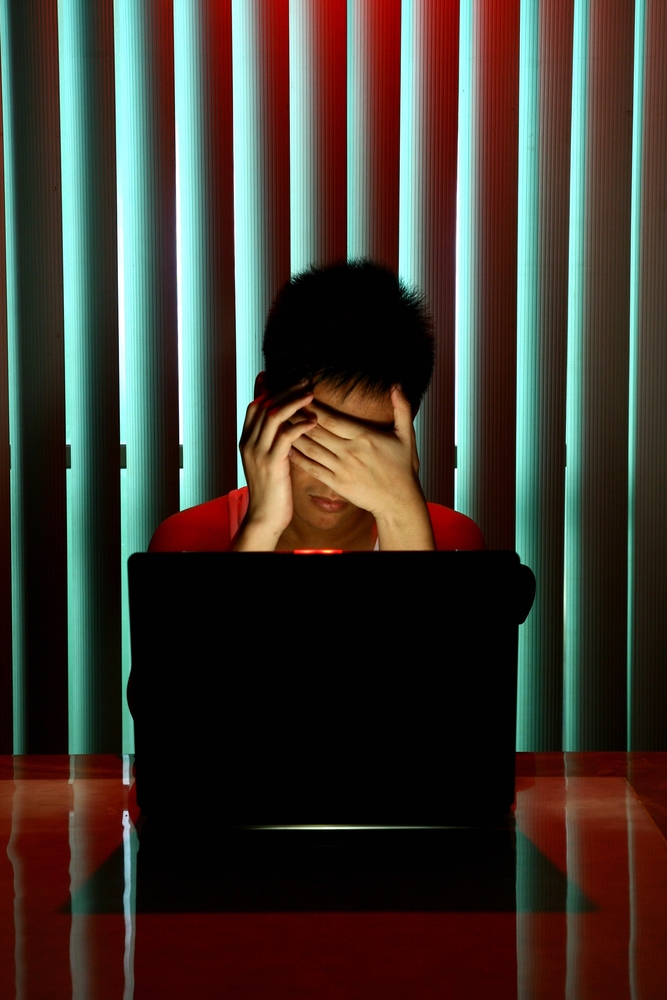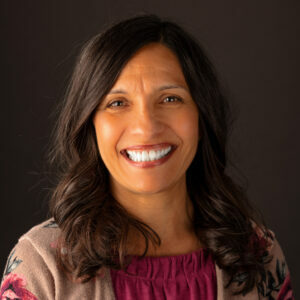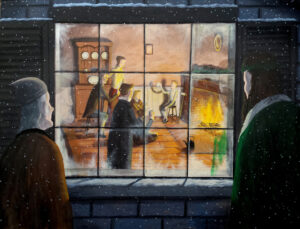“There’s nowhere else to learn about sex. And porn stars know what they’re doing.”–Teenage boy cited in a New York Times article “What Teenagers are Learning from Online Porn.”
DID YOU KNOW recent research has found that the average age kids are first exposed to pornography is between 8 and 12 years old?
DID YOU KNOW many teenagers claim pornography is their main source to learn about sex, more than friends, school, or parents?
It’s TRUE, and it’s devastating.
BUT, what’s even more upsetting?
Because it’s so prevalent anyways, there’s now a curriculum that teaches kids to be better consumers of pornography instead of teaching them how to avoid it.
Don’t believe me?
New York Times author Maggie Jones wrote an article titled “What Teenagers are Learning from Online Porn.” In it, she describes an elective course in Boston called “The Truth about Pornography: A Pornography-Literacy Curriculum for High School Students Designed to Reduce Sexual and Dating Violence.” Called “Porn Literacy” for short, the course aims to make students critical thinkers about the pornography they view.
Shocking!
So what does this mean? Why do we care about an elective course in Boston?
Pornography is such a “normal” part of teens’ lives today that the creators of this course decided to teach about some of the harmful elements of pornography. HOWEVER, the course loses sight of the physical and emotional effects of viewing pornography. So let’s dive in to that for a moment.
Addiction
Human brains are wired for pleasure; it’s part of our self-preservation function and drives us to do things like eat. When we take part in something that tells our brains “yes, we like this, this feels good,” our brains release dopamine.
Here’s a video that explains dopamine’s effects and how it leads to addiction:
Like the video says: addiction can happen with drugs and alcohol, AND with harmful behaviors, such as watching pornography.
Our brains make a lot of dopamine, or the “feel good” chemical, during sex, and sadly, even during simulated sex (pornography). Repeated exposure to pornography rewires brains to NEED more dopamine to feel “high,” so viewers seek more porn. Not only are these brains getting addicted, then, but eventually they need more hardcore pornography to reach that pleasurable high (hardcore porn includes things like rape porn, “gang bangs” with multiple partners at once, and BDSM (Bondage, Discipline, Dominance, Submission, Sadism, and Masochism)). This leads to another harmful effect of pornography: sexual violence.
Violence
Violence, especially towards women, is a common and accepted theme throughout pornography. Just look (but please, don’t really look) at the blockbuster hit Fifty Shades Freed, a film known for its sexual aggression and violence. *Unsure if you’d call this movie violent? Here’s a quiz you can take that gives you a scenario and you decide if it’s a scene from Fifty Shades Freed or a real #MeToo victim story.
While Porn Literacy’s curriculum and even the NYT article discuss this violence, the fact is that if our kids are watching pornography, they’re watching sexual violence take place. There’s virtually no way around that.
In fact, Dr. Gail Dines, Ph.D. and professor of Sociology and Women’s Studies at Wheelock College is doing the nitty-gritty, hard research on what our kids are really seeing when they type “porn” into Google. She found that about 88% of mainstream pornography includes sexual violence with over 90% of that violence towards women.
Teaching our kids to be better consumers of pornography isn’t going to take away the violence they’re seeing if it’s part of so much of the pornography out there.
So why is this violence in pornography a problem?
Modeling
Culture Reframed has found that, oftentimes, people model the behaviors they see on the screen.
So, kids are turning to pornography as a way to educate themselves about sex. But while there, they’re also hearing and seeing violent words and actions. If they’re prone to modeling or at least experimenting with what they’re seeing, then what result might we expect from porn consumption?
Beyond violence-as if that weren’t bad enough-pornography is also teaching our kids that sex is just about pleasure, not about being physically intimate as an outward expression of love, commitment, and respect.
Pornography’s harms reach beyond the viewer. It affects the viewer’s relationships which then affects society.
BUT, there is hope!
Hope
At CPR, we believe there is nothing beneficial about pornography.
In fact, we teach that porn is one-sided; it’s all take. A real relationship is about give and take. We teach kids to have healthy relationships full of give and take, which is the foundation of a long lasting love relationship.
Parents, be encouraged: You can take action to stand up against the monster that is pornography!
What can you do?
-
TALK to the young people in your life. Tell them why healthy relationships matter, what they look and feel like, and why what is portrayed in pornography is NOT healthy. And while you’re talking…
-
BE HONEST with this information about the harmful effects of pornography. Addiction, violence, and modeling: they’re all real repercussions of what may seem like a momentary thing. These conversations aren’t meant to scare your child (because the fact is they most likely will come across pornography at some point), but to TEACH them why it’s harmful.
-
FILTER internet content with programs like Covenant Eyes, NetNanny, or Circle. While there’s no replacement for teaching kids about the harms of pornography, creating a safer internet experience in the home is still important.
-
Advocate to have Creating Positive Relationships in your child’s school. We can fight this together by arming your children with a broader picture of healthy relationships and sex education!
Parents, educators, friends, we can NOT give up the fight!
The sad truth is, ignoring the problem of pornography won’t keep your kids safe from it.
Our kids are learning about sex one way or another. The question is, do you want them to learn it from you first, or from pornography?
It’s 2018. Where will your child turn to for their sex ed?
P.s. Interested in additional resources to help you in this fight? Check out these websites:




